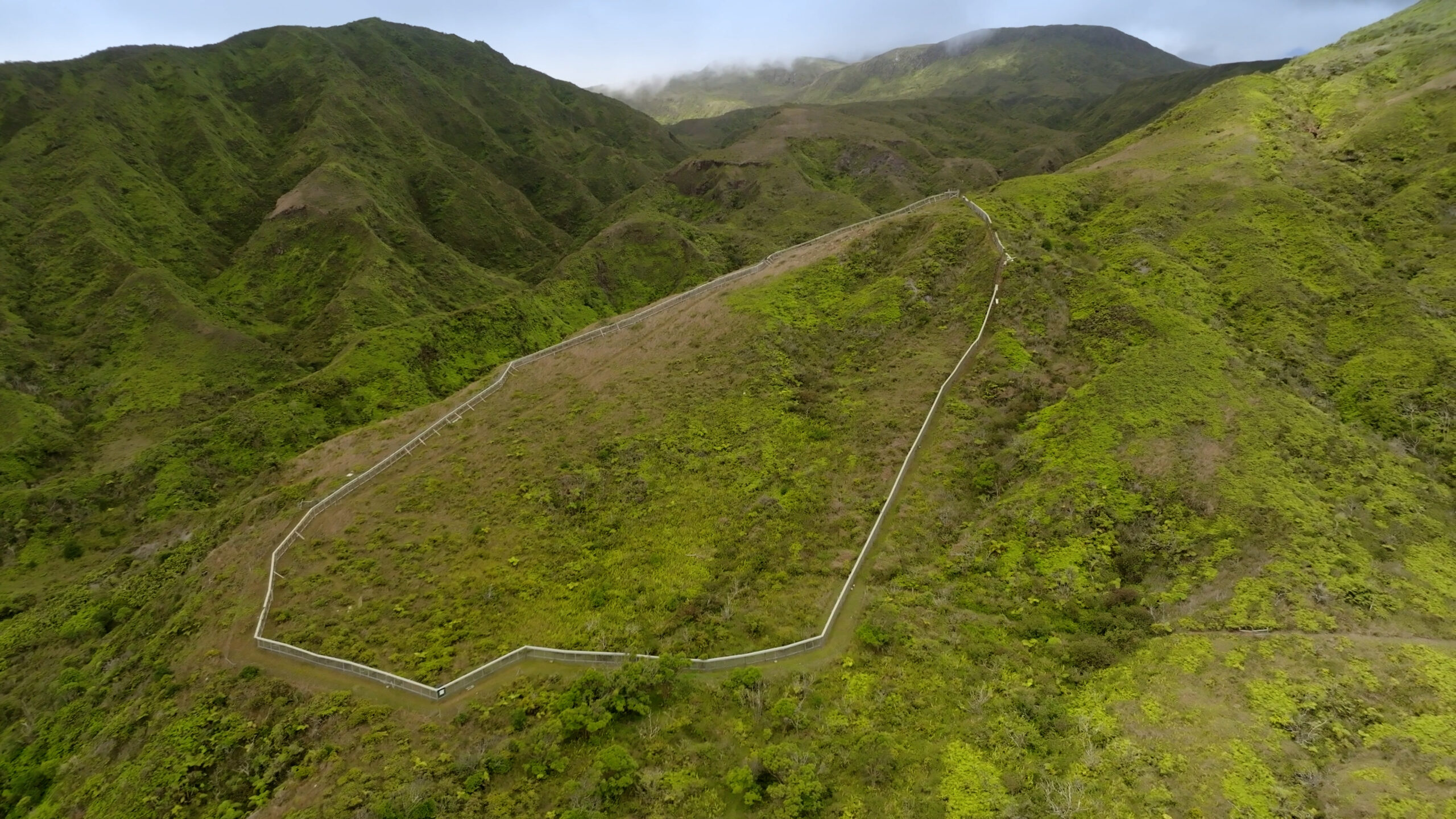A common conservation technique on islands is the creation of predator-free zones.
Invasive species, from mice to feral pigs, affect ecosystems all over the world. But they can be especially devastating to island creatures, many of which evolved in isolation and never developed defenses against mainland predators.
Many seabirds, for instance, gather in large colonies and nest on the ground with their eggs and chicks left in the open or in shallow burrows. This strategy works when they are nesting on remote islands with no natural land predators, but it can spell disaster when invasive rats, cats, and mongooses arrive, treating the colony like an all-you-can-eat buffet. Luckily, conservationists are getting better at ridding colonies — and even entire islands — of these hungry interlopers.
In Hawaii, for instance, predator-proof fences have been an invaluable tool to create safe havens for seabirds. On Maui, a predator-proof fence has kept out animals like rats and cats, creating a safe place for a colony of Newell’s shearwaters (which you can watch in the Wild Hope Episode, “Seabird Sanctuary.”)
On smaller and more remote islands, conservationists can go even further. Invasive predators have been entirely removed from more than 1000 islands around the world since efforts began in the mid-20th century. On many of these islands, scientists have successfully restored lost seabird colonies using a technique called social attraction, showing that life can rebound after an invasive species invasion.
